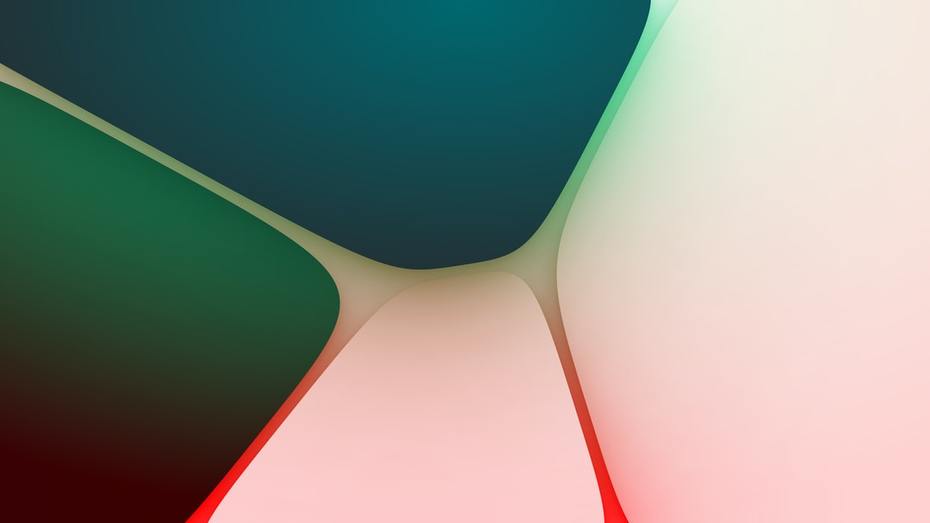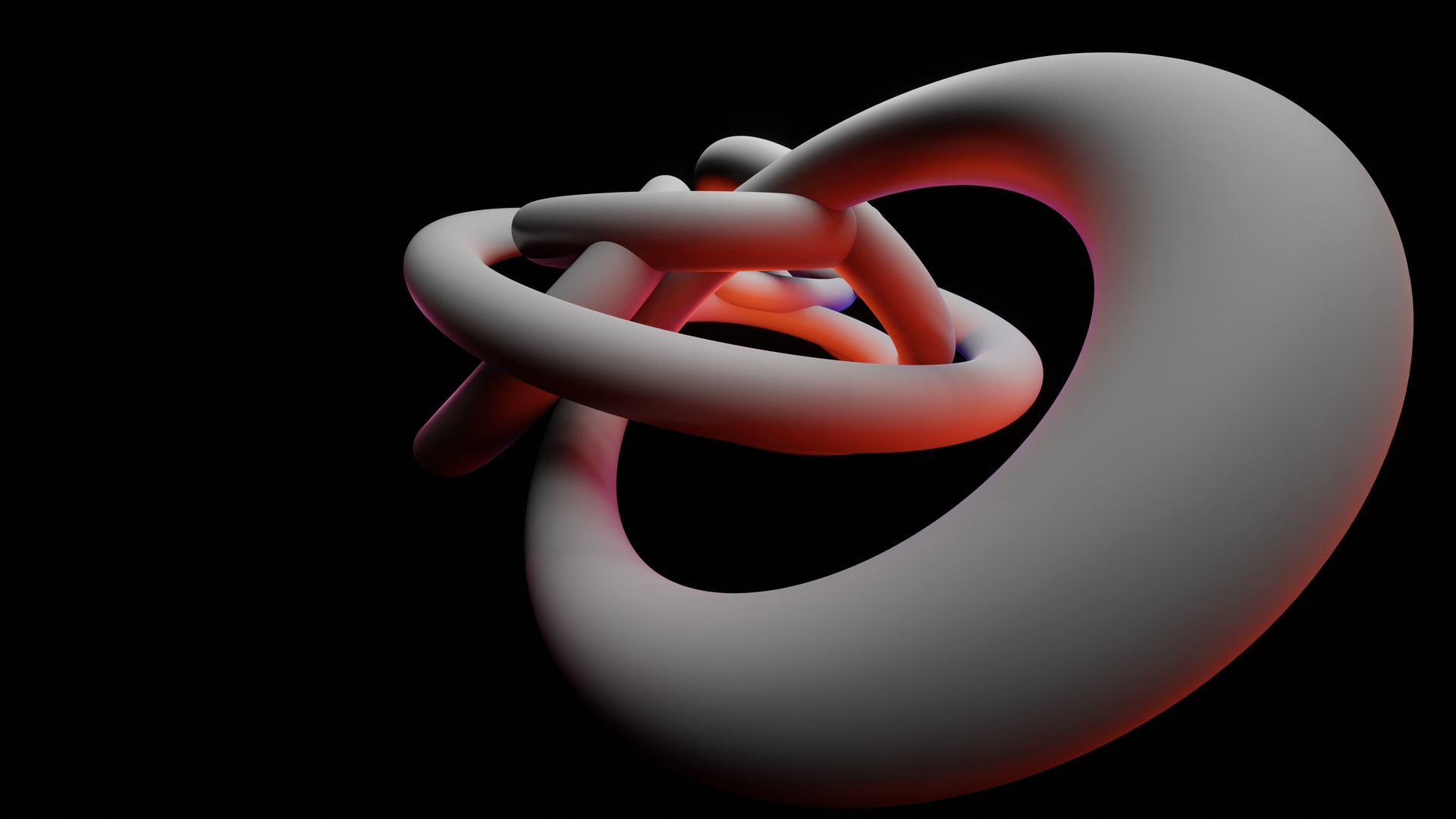
It is quite complicated to develop the different aspects of mobile applications at the same time to the degree that is considered high quality. Theoretically UX, functional side and the design all have to be working A-Ok.
It is a tall order to complete the tasks practically as they are set out to be completed on paper. However, this does not mean that it is impossible.
MyGO has a 7 year experience in exactly this area. And, as such, we think sharing the insights we have gathered over these years is a good idea.
This time we are offering you an enhancement to Lori Shecters blog (weareimmediate) on the same topic.
Good design is easy on the eyes, but UX still takes the cake in terms of importance. Low quality UX will likely cause your users to be annoyed/irritated, and as a result, they will usually leave the application.
It is harder to make things too simple in this field than in almost any other. Users are used to apps babying them, doing all the work that does not require their input.
Therefore, any interaction is better off being as uncomplicated as possible.
The first tip is exactly about this.
1. Make it as simple as possible: Minimalist design eases navigation and helps users find the information they are looking for fast. It is also effortless to concentrate and accomplish some goal related to the in-app activity.
2. QA, QA, QA: Test everything, monitor very carefully and repeat the process as often as reasonable. If the app is not working as intended the users engage with it less and less, some of them leave altogether.
3. Minimalist design: Designing icons and buttons in a way that is attractive, yet, simple draws attention to them whenever appropriate. At the same time making the whole app itself more appealing. This is especially noteworthy when it comes to CTA (call-to action) buttons. The frequency of their use is directly associated with your business growing more popular.
4. Unnecessary icons and buttons: Don not use them when not needed. They are too confusing and will affect the concentration of the user. Additionally, it could cause them to mistakenly press an unintended button or completely miss more important icons and buttons.
5. The most important icons and buttons: They should be easy to find and use. Typically, on the right side.
6. The thumb: Design for a single-handed use. You can use different applications (E.g Invision) to test whether the app is optimized for single-hand use.
7. Background pictures: Users do not care about them much and they slow down the application.
8. Time: Users spend around two minutes on average in the app. You could set the time frame in reference to this. Approach it as a baseline for users to find what they are looking for.
9. App loyalty: Each field (e.g sports, nutrition, gaming) has their front-runner apps, in terms of popularity. All-in-one apps are usually well enough cemented in their popularity that they are difficult to dethrone. So try to find your niche and offer users something they can not get from other apps.
10. Several touches: Avoid using functions, which require using two or more touches. You can substitute them for more simple movements or better yet a single touch.
11. Scroll: It is mostly unnecessary. Content that at the end of the scroll is usually neglected, the middle parts even more so. This does not, naturally, entail mushing everything together. So, compactness has to be a priority as well.
12. Navigation and content buttons: should be at the top. This is pretty elementary. Yet some companies keep making this mistake.
13. Button size: Try to use buttons on the bigger side in order to prevent mis-presses or multiple attempts at pressing it. Users get pretty irritated about those.
14. Ambidextrous users: We have already mentioned right handed users but if your app only takes them into account you are likely to alienate lefties by making navigation too unintuitive for them. Strike a balance.
15. Space: Do not squeeze buttons, links or walls of text together. In terms of buttons it breeds mis-presses. In terms of links, it is likely to cause the users to perceive two links as one. In terms of walls of text, it just makes reading too hard.
16. Less text: No one (except philosophers) likes reading walls of text. Use visual elements if you have to.